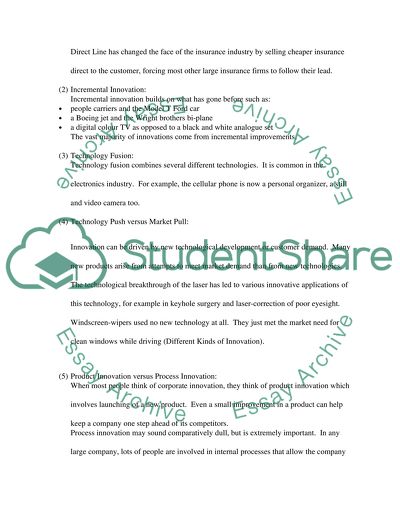Cite this document
(“Economic Theory and Technological Change Term Paper”, n.d.)
Economic Theory and Technological Change Term Paper. Retrieved from https://studentshare.org/macro-microeconomics/1555141-an-essay-on-economic-theory-and-technological-change
Economic Theory and Technological Change Term Paper. Retrieved from https://studentshare.org/macro-microeconomics/1555141-an-essay-on-economic-theory-and-technological-change
(Economic Theory and Technological Change Term Paper)
Economic Theory and Technological Change Term Paper. https://studentshare.org/macro-microeconomics/1555141-an-essay-on-economic-theory-and-technological-change.
Economic Theory and Technological Change Term Paper. https://studentshare.org/macro-microeconomics/1555141-an-essay-on-economic-theory-and-technological-change.
“Economic Theory and Technological Change Term Paper”, n.d. https://studentshare.org/macro-microeconomics/1555141-an-essay-on-economic-theory-and-technological-change.


